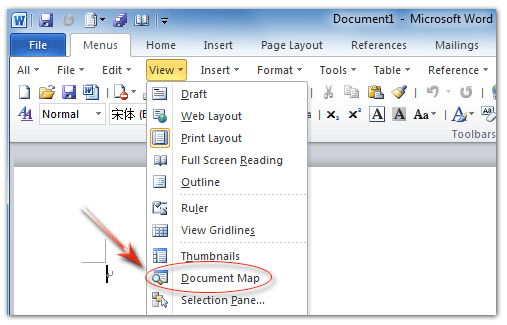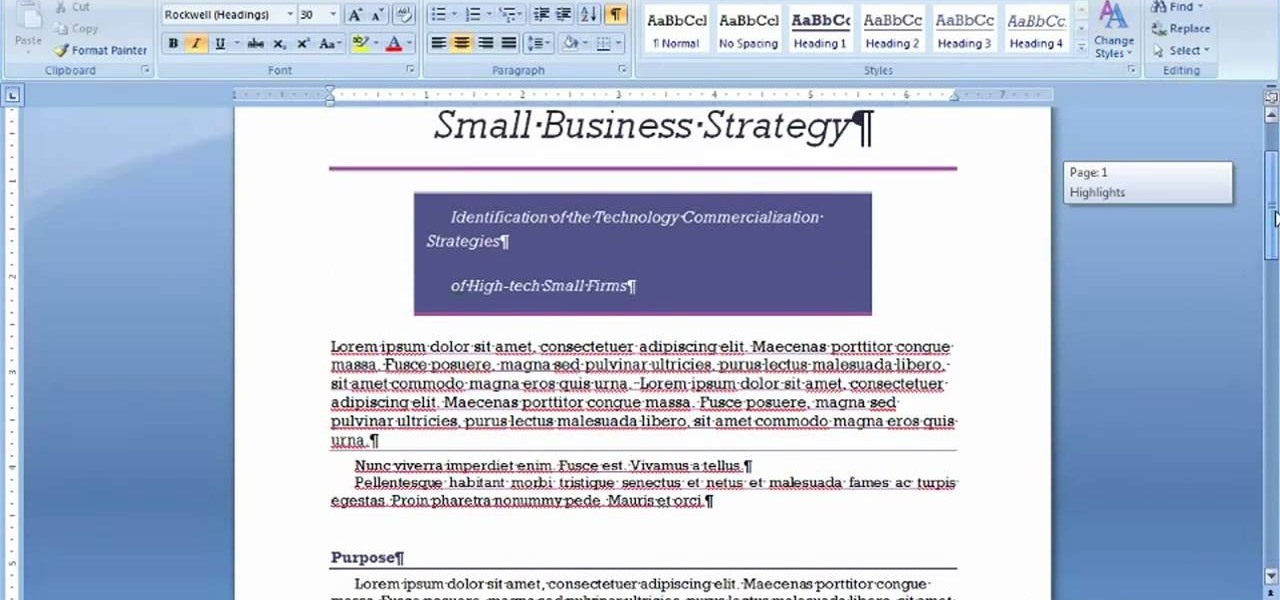Microsoft Word Document S
In the Open window, look for any files with an ASD extension. Open the right file in Microsoft Word to see if your document appears with the latest changes (Figure F). Microsoft Word Online. Available for any operating system. Sharing and collaboration features.
Microsoft Word is one of the most popular word processing programs used by computer users. Word can open text (.txt) files, rich text format (.rtf) files, XML (.xml) files, web page (.htm or .html) files, and all Word (.doc, .docx, .docm, and more) files.
To open any of the above types of documents in Microsoft Word, you can use any of the options below.
Double-click file
In some cases, you can double-click a file to open it in Microsoft Word. However, the file only opens in Microsoft Word if that file type is associated with Microsoft Word. Word documents, like .doc and .docx files, are associated with Microsoft Word by default. However, web page files, text, and rich text format files are often not associated with Word by default, so double-clicking on these files may open in another program.
TipTo change the program associated with a file, see: How to associate a file with a program in Windows.
Right-click file and select program
For any file, you can choose the program to open a file with, including Microsoft Word.
- Right-click the file you want to open.
- In the pop-up menu, select the Open with option.
- If available, choose the Microsoft Word program option in the Open with menu. If Microsoft Word is not listed, select the Choose other app or Choose default program option, depending on the version of Windows on your computer.
- In the window that opens, find Microsoft Word in the program list and select that option. Microsoft Word should open and the file opened within Word.

Open within Microsoft Word

Follow the steps below to open a file from within Microsoft Word.
Word 2007 and later
- Open the Microsoft Word program.
- Click the File tab on the Ribbon and click the Open option.
- If the Open window does not appear, click the Browse option to open that window.
- In the Open window, find and select the file you want to open in Microsoft Word. You may need to click the drop-down list next to the File name text field to change the file type, and then select open.
- Click the Open button at the bottom right of the open window.

Word 2003 and earlier

- Open the Microsoft Word program.
- In the menu at the top, click the File menu and select the Open option.
- In the Open window, find and select the file you want to open in Microsoft Word. You may need to click the drop-down list next to the File name text field to change the file type, and then select open.
- Click the Open button at the bottom right of the Open window.
Additional information
- See our document, file, and Microsoft Word pages for related links.
As part of the Microsoft Office 2013 software suite, Microsoft Word 2013 is an advanced word processor that is highly adept at producing documents of professional quality, and it is intuitive enough to meet the needs of beginners and students as well.
One of the first things that users will realize about Word 2013 is that the Ribbon Interface that Microsoft introduced to their Office suite back in 2007 is still the primary method of interacting with the app controls. Many people didn't particularly like the Ribbon Interface when it was new, but it has been radically improved to include the most common features in the most accessible location. Even the individual menu items have been given updates so they stand out from each other much more easily.
Word 2013 is also the first version of Microsoft Word to include touchscreen compatibility thanks to its Touch Mode. This is only available on computers with touchscreen capabilities, and it makes the buttons larger and easier to select. As the world becomes increasingly focused on buttonless mobile technology, this feature is vital.
When users open the app, they'll be greeted with a welcome screen that is much more useful than in older versions. Recently opened documents will be shown next to blank templates for documents you might wish to create from scratch. Online templates can be searched using the search box if you'd like something you don't see represented in the offline options.
Importing photos is so much easier with Word 2013 thanks to the integration of Facebook, SkyDrive, and Flickr, all of which can be used to instantly upload photos to any Word document you might need to edit. Users can even use an integrated Bing search engine to find pictures that fall within the Creative Commons license. The guides for placing the perfect images have been rewritten for Word 2013 as well.
Users who value PDF support will love Word 2013. These files will now open directly in Word 2013 just as standard Word documents do, and conversion between Word documents and PDFs is a snap. Converted PDFs will even retain formatting from the original Word file.
As a world-class productivity app, Word 2013 allows for smaller apps to run within its system. These include other tools for increasing productivity, including dictionaries and thesauruses. These apps can be helpful, but they can also quickly overpopulate the screen with information and documents.
Tracking changes and collaborating with multiple authors is also easier with Word 2013. With Office 365, all users with permission can viewed and edit the documents at any time, and comments can be synced so collaborators can communicate in real time.
Word 2013 is a powerful iteration of the Microsoft Word app, and it has a number of features that are unique to it. It is by far the best version of the popular productivity app from Microsoft.
ProsMicrosoft Word Document Script

- Improved Performance
- Superb Reading Mode
- Easier Ribbon Interface
- Simple Photo Importing
- Skydrive Document Sync
Microsoft Word Document Search
- No Support for Windows XP
- Some Well-Hidden Tools
- No Ribbon Interface Alternative